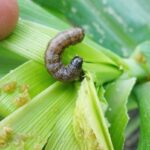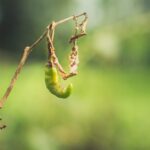In agriculture, especially in chili cultivation, one of the most destructive pests is the fruit worm, with Helicoverpa zea as one of the most notorious representatives. This insect, in its larval stage, is known for its ability to cause significant damage, especially to chili fruits, but it also affects other crops such as corn and cotton.
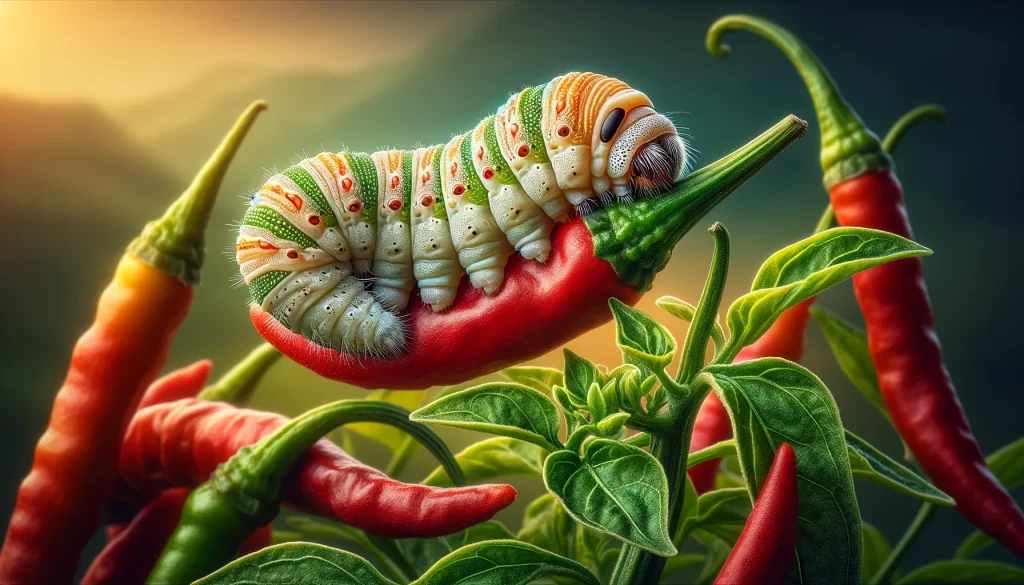
Characteristics of the Fruit Worm, Helicoverpa zea
The larvae of Helicoverpa zea are easily recognizable by their coloration, ranging from green to brown, with longitudinal stripes and dark spots on the body. They actively feed on fruits, penetrating them and causing internal damage.

Crops Affected by the Fruit Worm, Helicoverpa zea
Although the name suggests specialization in chilies, the fruit worm also infests a variety of other crops, such as corn, tomato, cotton, and legumes. Its polyphagy makes it a broad-spectrum pest.
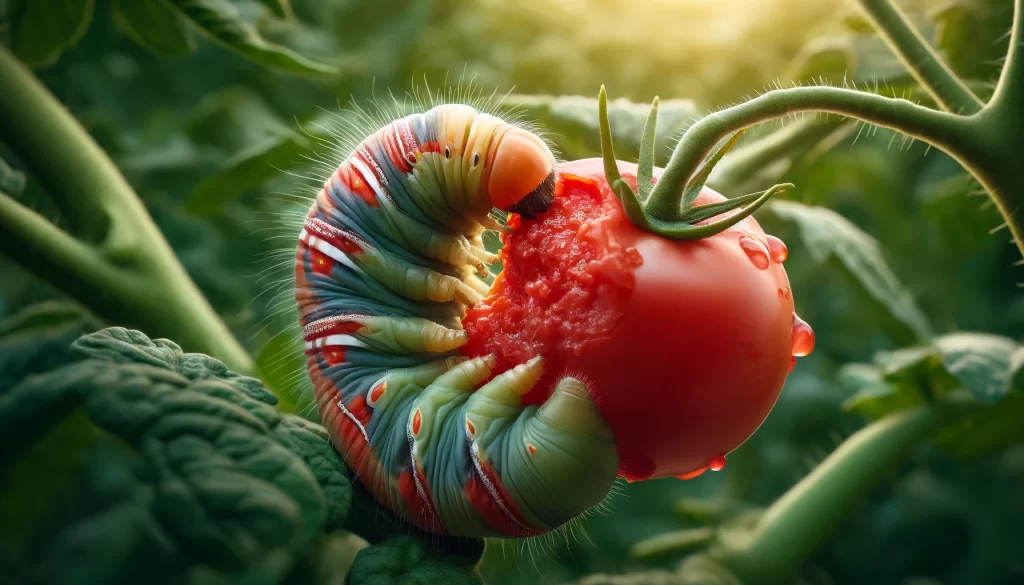
Impact and Damage of the Fruit Worm, Helicoverpa zea
- Direct Damage to Fruits: Larvae bore into and feed inside fruits, which can cause a total loss of commercial product value.
- Loss of Quality and Yield: Besides direct loss, infestation can lead to an overall decrease in production quality and quantity.
- Vulnerability to Diseases: Damage caused by larvae can serve as entry points for diseases and secondary pathogens.
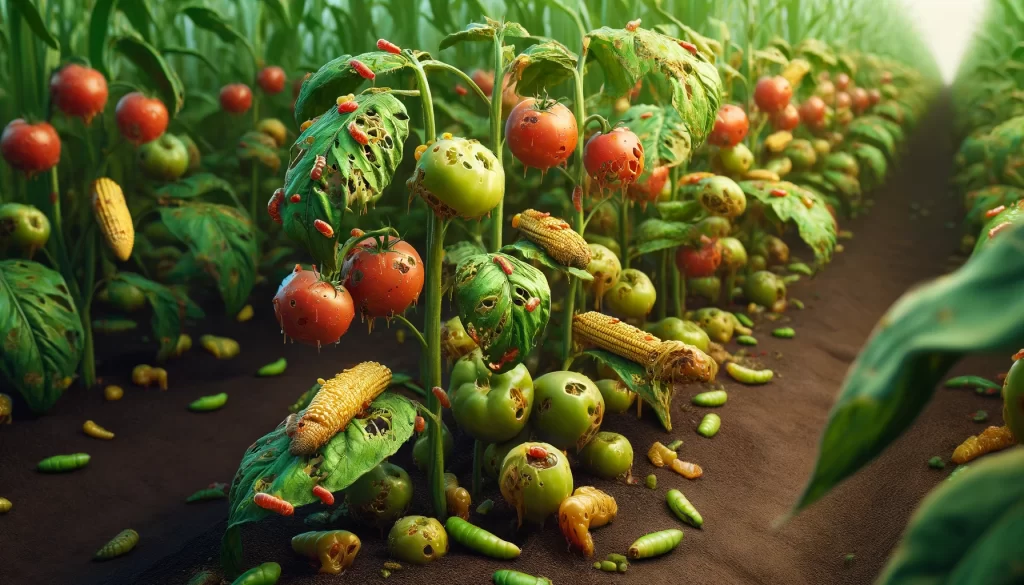
Control Strategies
- Active Monitoring: Constant surveillance of crops is essential to early detection of larval presence.
- Biological Control: Using natural enemies like parasitoid wasps and predators can be an effective control strategy.
- Cultural Management: Practices such as crop rotation and removal of harvest residues can help decrease the worm population.
- Chemical Control: Insecticide use should be handled with caution, choosing products specific to these larvae and avoiding resistance through product rotation.
- Use of Pheromones: Pheromone traps can be useful for monitoring adult presence and, in some cases, for decreasing their population.
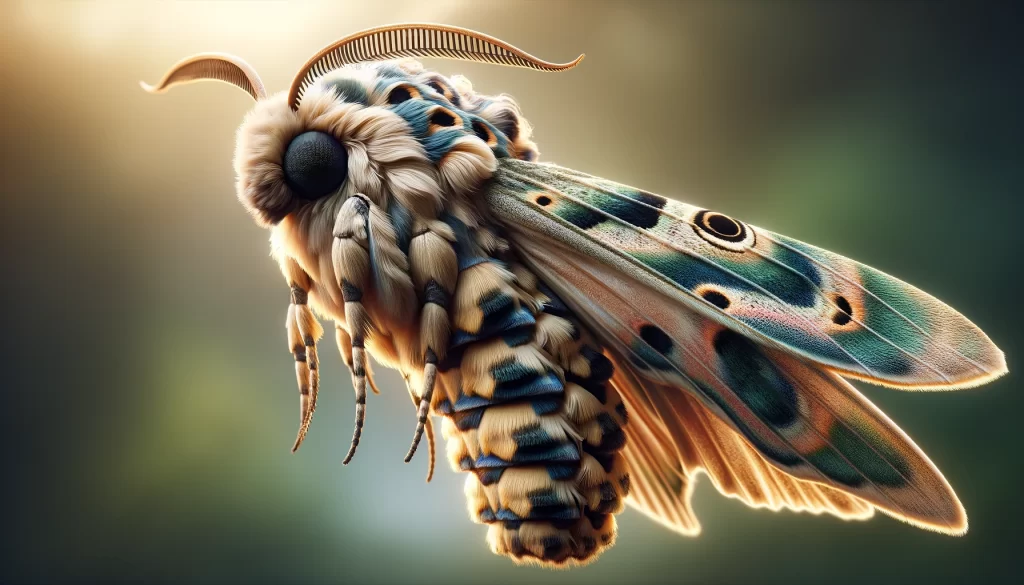
Conclusion
The chili fruit worm poses a serious threat to farmers, but with integrated management and implementation of combined strategies, its impact can be effectively controlled. The key to combating this pest lies in prevention, early detection, and the application of a multidisciplinary approach in crop management.
 AgronoBlog – Agriculture Blog
AgronoBlog – Agriculture Blog 